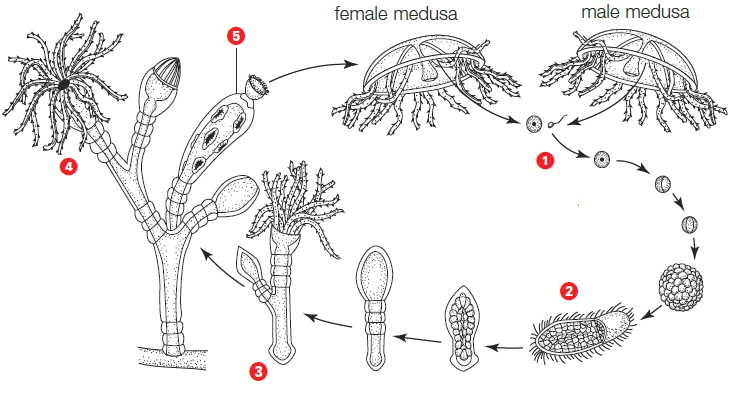The intentional or threatened use of viruses, bacteria, fungi, or toxins from living organisms to produce death or disease in humans, animals, and plants is known as
A. zoonosis.
B. chemical warfare.
C. bioterrorism.
D. All of the choices are correct.
Answer: C
You might also like to view...
An individual that has the appropriate number of chromosomes for their species is known as _______.
a. euploid b. aneuploid c. an autosome d. monosomy
All of the following statements about the endocrine system are TRUE EXCEPT which one?
A) Many hormones are not able to cross the blood-brain barrier. B) Hormones are distributed via the circulatory system. C) Hormones exert their effects on cells that have the specific hormone receptor. D) Hormones act more quickly than the nervous system. E) The endocrine system and the nervous system frequently interact.

A. 1 B. 2 C. 3 D. 4 E. 5
You decide to carry out genetic association studies and identify a SNP variant that is found significantly more often in individuals who have schizophrenia than in those who are not affected. This SNP is found within an intron of the SZP gene
A. Can you deduce that an abnormality of the SZP gene is a cause of increased risk of schizophrenia? B. Can you say whether the SNP variant itself is a cause?